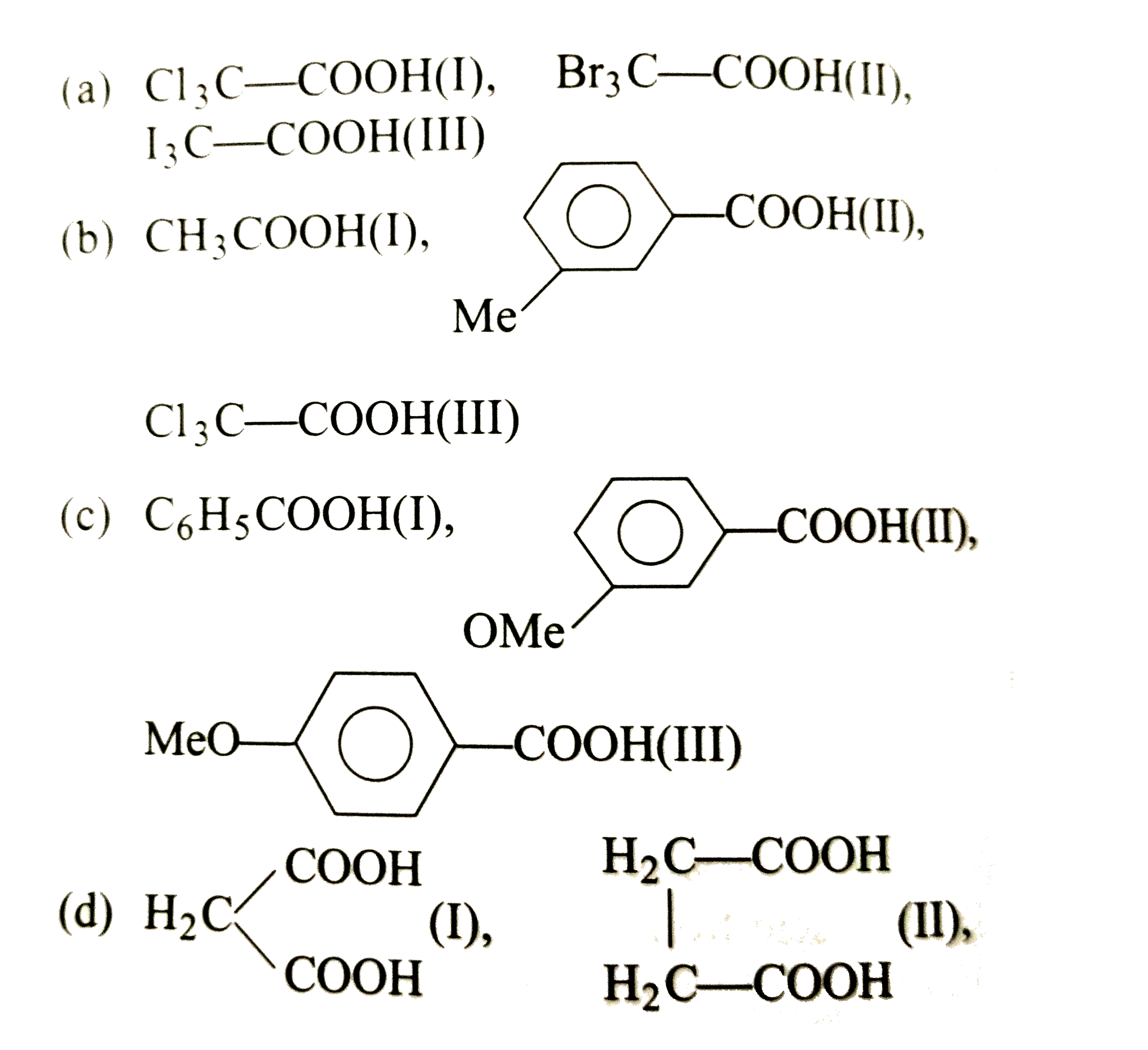Give decreasing order of catenation of carbon family .
To determine the decreasing order of catenation in the carbon family (Group 14 elements), we need to analyze the elements in this group: Carbon (C), Silicon (Si), Germanium (Ge), Tin (Sn), and Lead (Pb).
1. Identify the Elements in the Carbon Family:
The carbon family consists of the following elements: Carbon (C), Silicon (Si), Germanium (Ge), Tin (Sn), and Lead (Pb).
2. Understand Catenation:
Catenation is the ability of an element to form chains or rings by bonding with itself. This property is influenced by the strength of the bonds between the atoms of the same element.
3. Bond Strength and Atomic Size:
As we move down the group from Carbon to Lead, the atomic size increases due to the addition of electron shells. Larger atoms have weaker bonds because the distance between the nuclei increases, leading to decreased bond strength.
4. Analyze Bond Strength:
- Carbon has a strong C-C bond due to its small size and high electronegativity.
- Silicon has a weaker Si-Si bond compared to C-C.
- Germanium has an even weaker Ge-Ge bond.
- Tin and Lead have progressively weaker Sn-Sn and Pb-Pb bonds.
5. Determine the Order of Catenation:
Since catenation is directly proportional to bond strength, we can arrange the elements in decreasing order of their catenation ability:
- Carbon (C) > Silicon (Si) > Germanium (Ge) > Tin (Sn) > Lead (Pb)
Final Answer:
The decreasing order of catenation in the carbon family is:
C > Si > Ge > Sn > Pb
The carbon family consists of the following elements: Carbon (C), Silicon (Si), Germanium (Ge), Tin (Sn), and Lead (Pb).
Catenation is the ability of an element to form chains or rings by bonding with itself. This property is influenced by the strength of the bonds between the atoms of the same element.
As we move down the group from Carbon to Lead, the atomic size increases due to the addition of electron shells. Larger atoms have weaker bonds because the distance between the nuclei increases, leading to decreased bond strength.
- Carbon has a strong C-C bond due to its small size and high electronegativity.
- Silicon has a weaker Si-Si bond compared to C-C.
- Germanium has an even weaker Ge-Ge bond.
- Tin and Lead have progressively weaker Sn-Sn and Pb-Pb bonds.
Since catenation is directly proportional to bond strength, we can arrange the elements in decreasing order of their catenation ability:
- Carbon (C) > Silicon (Si) > Germanium (Ge) > Tin (Sn) > Lead (Pb)
The decreasing order of catenation in the carbon family is:
C > Si > Ge > Sn > Pb
Similar Questions
Knowledge Check
Catenation is
Aformation of cationsBdeposition of cationsCformation of long chains of similar atomDformation of covalent bondsThe decreasing order of catenation of group 16 element is
AS>Se>O>TeBO>S>Se>TeCO>S>Te>SeDS>O>Se>TeThe order of catenation power is
AC>Si>Ge>SnBSi>C>Ge>SnCSn>Ge>Si>CDGe>Sn>C>Si
Give decreasing order of heat of combustion (HOC):

View SolutionGive the decreasing order of ease of decarboxylation of the following acids on heating with sodalime,

View SolutionDefine catenation.
View SolutionDefine catenation.
View SolutionWrite the decreasing order of
(a) carbon - carbon and
(b) carbon - hydrogen bond lengths in ethane, ethylene and acetylene molecules.
View Solution


